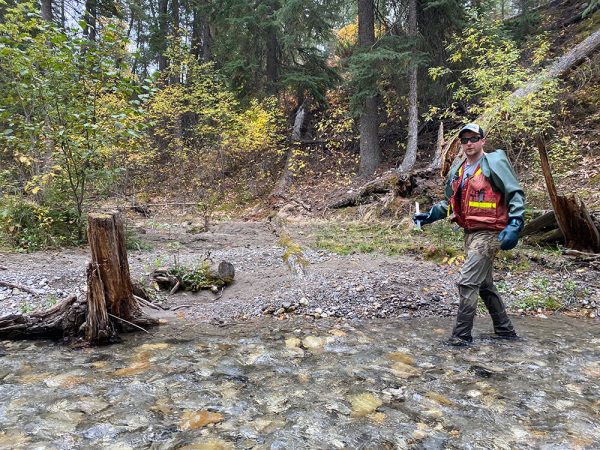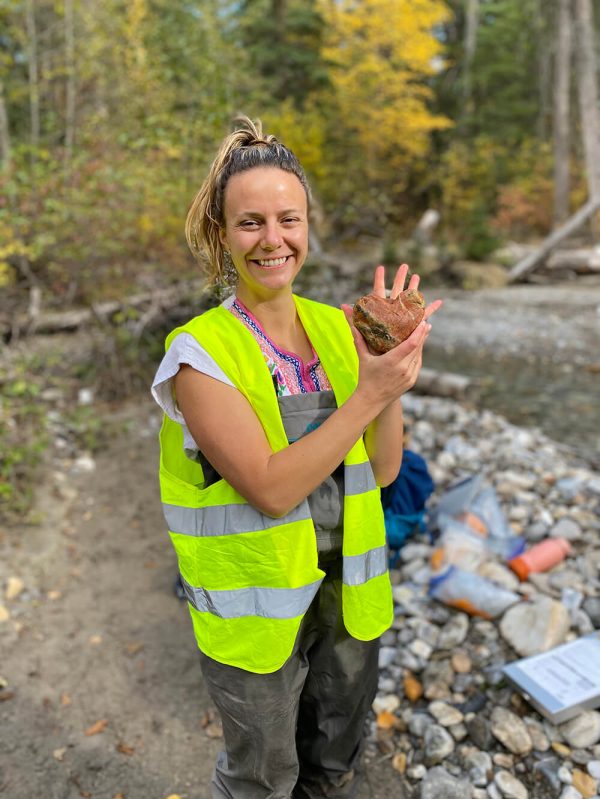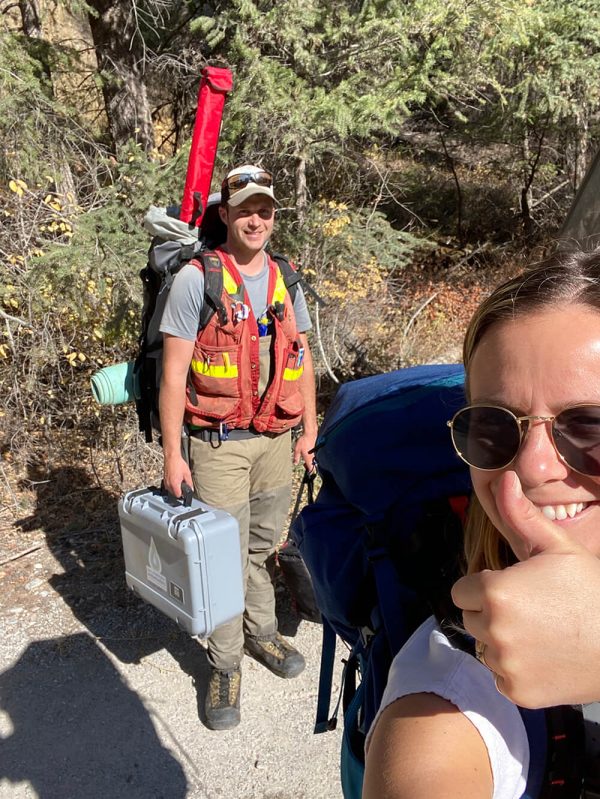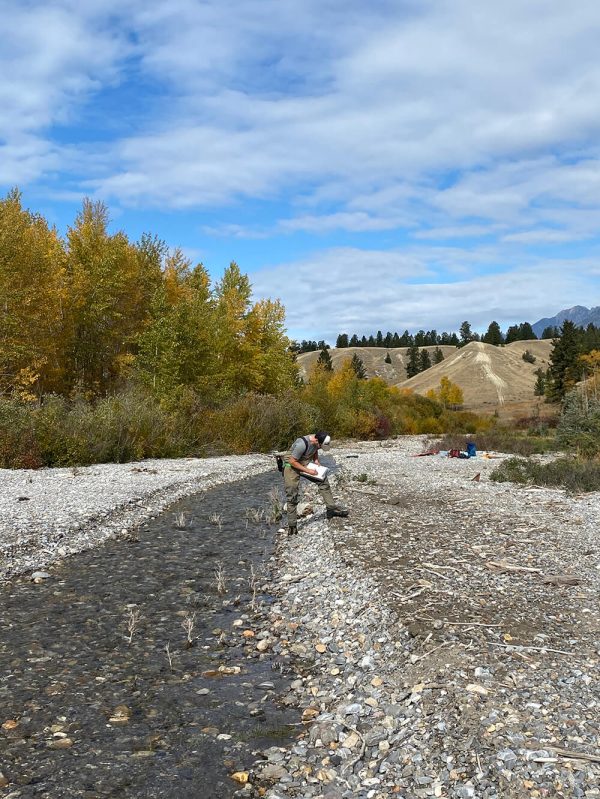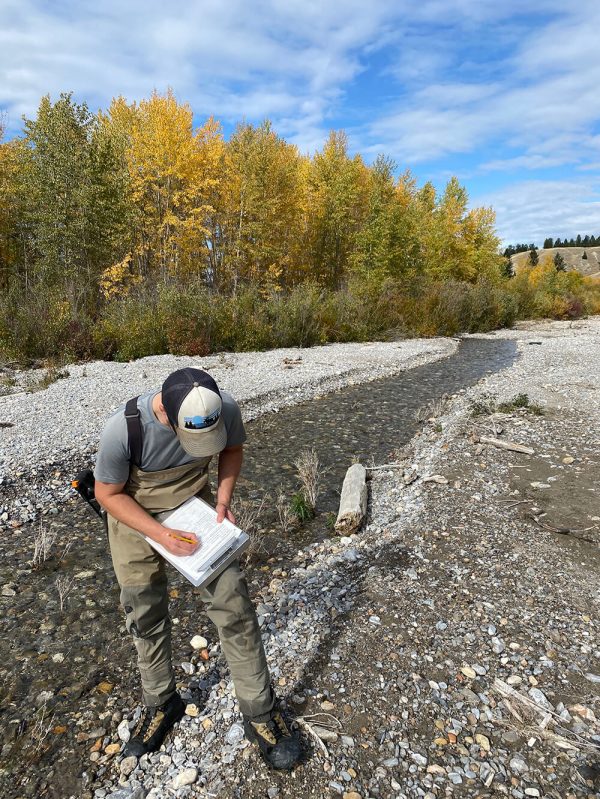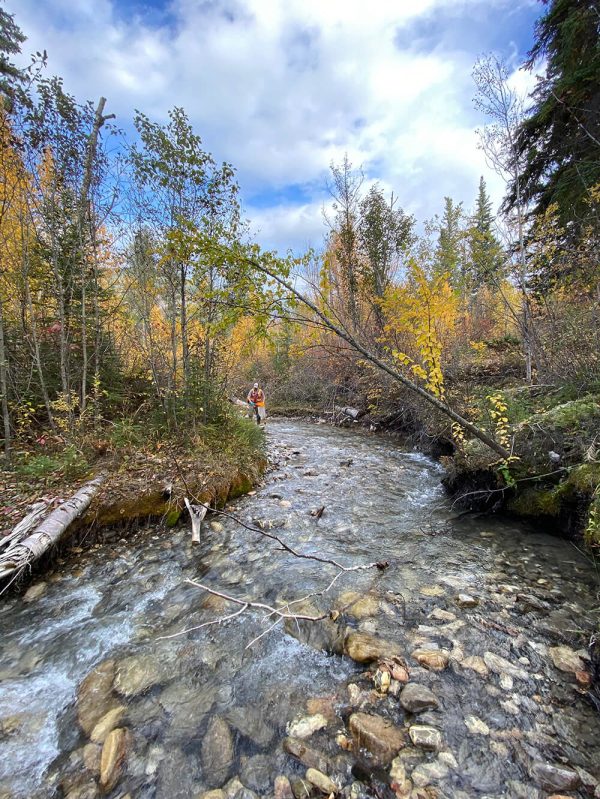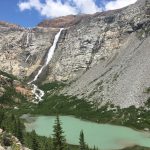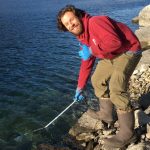Pre-restoration monitoring in the Columbia Headwaters
Living Lakes Canada spent time in B.C.’s Columbia Valley (East Kootenay) the first week of October assisting a Shuswap Indian Band project that’s being done in collaboration with the Columbia Wetlands Stewardship Partners (CWSP) thanks to a DFO funding contribution for aquatic species at risk ($1.7 million over four years).
CHARS (Columbia Headwaters Aquatic Restoration Secwépemc Strategy) has determined that the Columbia River and Wetlands have roughly 300 tributaries entering between Canal Flats and Donald. In order to enhance habitat for at-risk fish species, CHARS is prioritizing 20 streams with restoration work planned for five to 10, some having been damaged by extreme sedimentation events and creek blowouts.
“We’re focusing on the east side tributaries , where there is more private land and easier access,” said project lead Jon Bisset. “The west side is primarily affected by logging, with less access.”
Part of the restoration work includes removing agricultural dams that are blocking fish passage. As an example, six dams have been removed from Galena Creek at the north end of the valley and replaced with irrigation pipe systems that can be raised and lowered without affecting fish movement yet still allowing for irrigation to fields.
LLC staff Raegan Mallinson and Kyle Prince completed the pre-restoration monitoring using CABIN, and collected DNA samples at every site to contribute to the STREAM project.
“We collected traditional samples at the furthest downstream (most affected) site on every creek,” explained Mallinson. “Jon has also asked us to collect archive samples at the most downstream site.”


